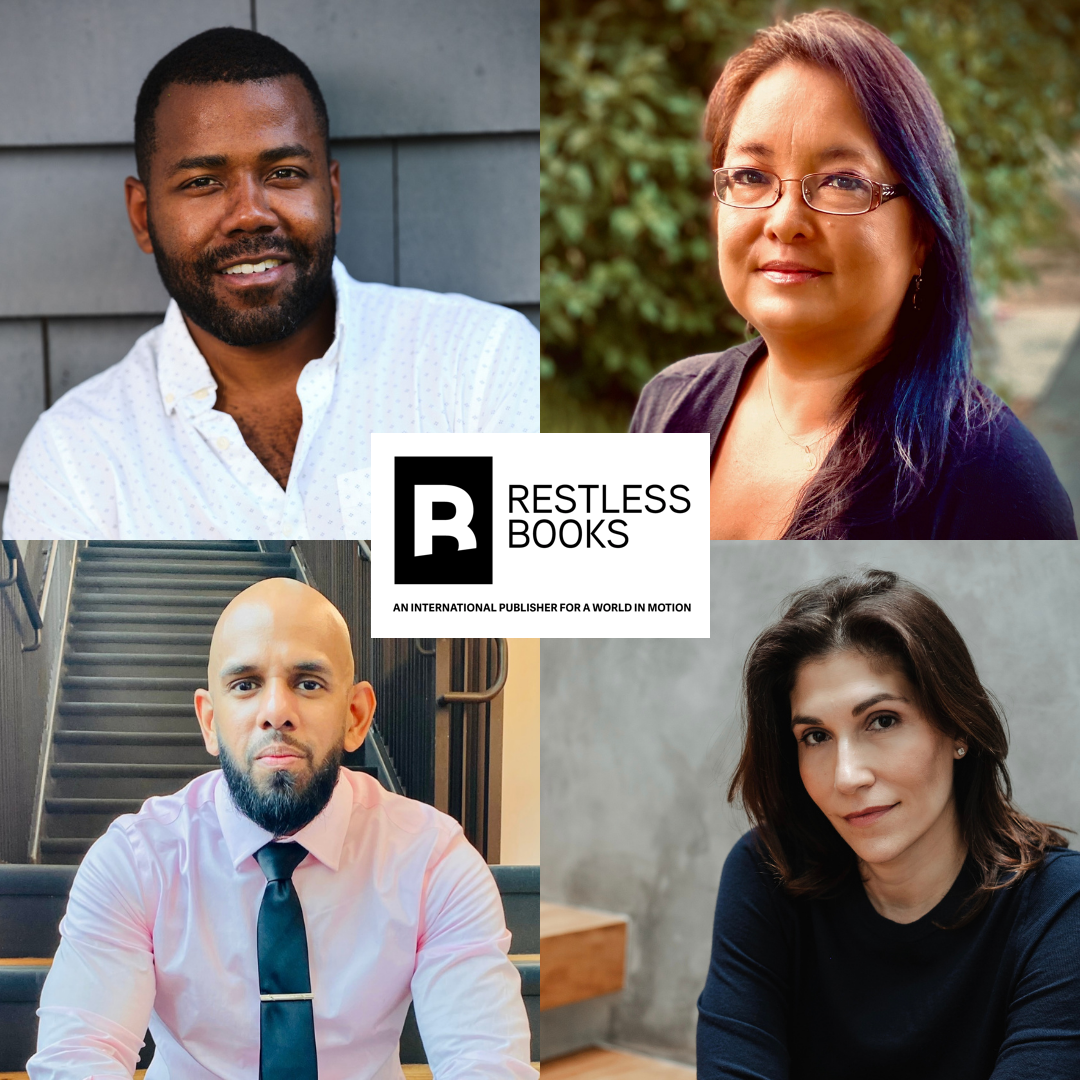Excerpted from The Conviction of Things Not Seen, a finalist for the Restless Books Prize for New Immigrant Writing 2025.
The cemetery had inhabitants, and not just those whose descendants had laid them to rest. Two old men were living on the Ordoñez plot. Next to the abandoned Llora mausoleum, a family of four had pitched their makeshift tent. As more squatters crept in, to whom the administrators of the Cementerio de Manila turned a blind eye, a village of sorts arose, keeping watch over the stones of the dead, sweeping fallen leaves from their graves and removing flowers that had wilted and browned in the tropical sun. Thus they styled themselves caretakers of the graves, inspiring even greater tolerance for their presence among those in charge, such that far from brusquely restricting their movements, the guards at the gate greeted them by name and allowed them free access and egress without much resistance. The crypt of the Romulo family even hosted a sari-sari store for the cemetery’s living inhabitants, and some cunning member of the community had taken the key to the public restroom for safekeeping at the store, under the watchful eye of a gray-haired woman affectionately known as Tandang Cora—a joke entirely lost on foreign visitors who, in any case, were few.



